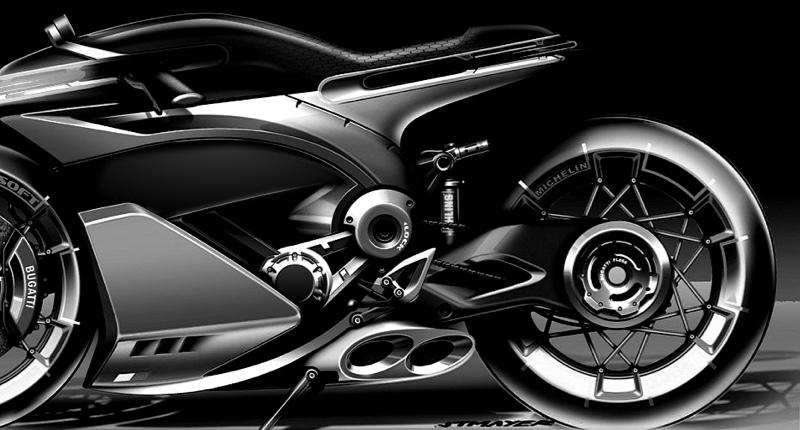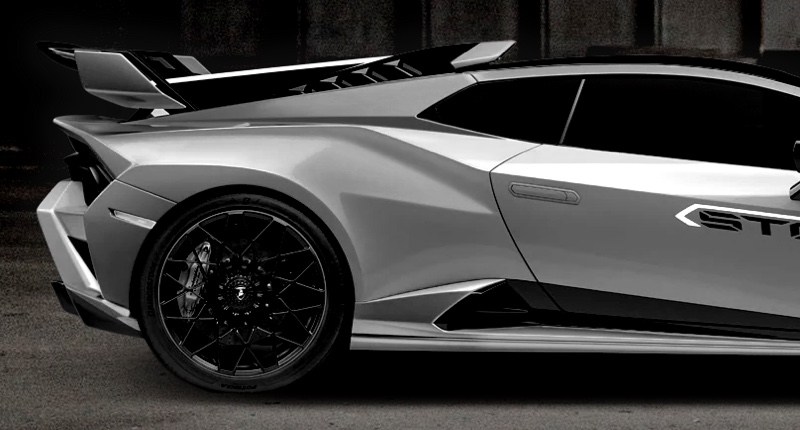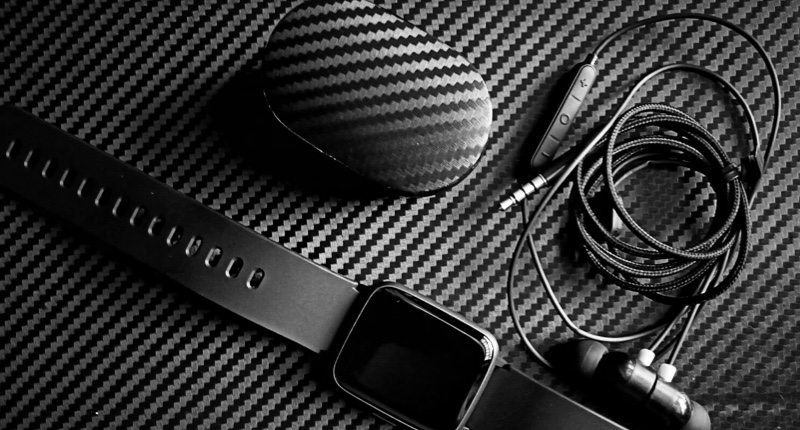custom carbon fiber car parts | Insights by Supreem Carbon
- Custom Carbon Fiber Car Parts: What Buyers Need to Know
- 1. What are the real performance benefits of carbon fiber car parts?
- 2. How can I tell genuine carbon fiber parts from cheap “carbon look” products?
- 3. What manufacturing methods are used, and which is best for automotive parts?
- 4. What drives cost and lead times for custom carbon fiber parts?
- 5. What quality standards, testing and certifications should I expect?
- 6. How do heat resistance and durability affect part selection?
- 7. What about recycling and environmental concerns?
- 8. Procurement checklist: what to ask suppliers before ordering
- Supreem Carbon: summary of advantages
Custom Carbon Fiber Car Parts: What Buyers Need to Know
Carbon fiber reinforced polymer (CFRP) parts are widely used in aftermarket and OEM automotive applications because they combine high strength, stiffness and low density. This guide answers the most common buyer questions and provides practical procurement criteria so you can choose the right supplier and process for fit, finish, performance and budget.
1. What are the real performance benefits of carbon fiber car parts?
- Density & weight: Carbon fiber composites used in automotive parts typically yield substantial mass reduction versus steel and notable savings versus aluminum. Typical composite part densities are near 1.5–1.7 g/cm3 compared with steel (~7.85 g/cm3) and aluminum (~2.7 g/cm3), translating into significant weight savings for body panels and structural components when designed correctly.
- Strength & stiffness: Carbon fibers themselves commonly show tensile strengths in the order of several GPa (fiber properties vary by grade). Composite part stiffness and strength depend on fiber type, weave, resin and layup orientation; properly designed CFRP can outperform metal for specific stiffness (stiffness per unit weight).
- NVH and performance: Lighter rotating and unsprung mass improves acceleration, braking and handling. CFRP also allows design freedom to optimize stiffness and local reinforcement.
2. How can I tell genuine carbon fiber parts from cheap “carbon look” products?
Check these indicators:
- Weave consistency: Real woven carbon fiber has a consistent pattern and depth; fake products often have a thin painted weave printed on fiberglass or plastic.
- Weight: A genuine CFRP panel will usually be lighter than the OEM metal or heavy fiberglass equivalent—ask the supplier for part weight and compare to stock.
- Cross-section: Inspect an exposed edge or an unfinished area. Real CFRP shows fiber layers and resin; a thin veneer over a different substrate suggests non-structural cladding.
- Manufacturing method disclosure: Reputable shops will state prepreg/autoclave, RTM, or wet layup details. OEM-grade prepreg/autoclave parts are commonly higher quality and dimensional stability than low-cost wet-layup or fiberglass shells.
- Documentation & testing: Demand material data, process descriptions and, for structural parts, test reports (e.g., tensile, compressive or impact testing) and traceability.
3. What manufacturing methods are used, and which is best for automotive parts?
Common processes and their trade-offs:
- Prepreg + autoclave: Highest quality, tightest tolerances, best fiber/resin control and surface finish. Typical for OEM and high-end aftermarket parts. Higher cost and longer setup times.
- RTM (Resin Transfer Molding): Good dimensional control, repeatability and faster cycle times. Suitable for more complex shapes and higher-volume runs; tooling cost moderate to high.
- Vacuum-bag wet layup: Lower tooling cost and simpler for prototypes and low-volume; finish and mechanical properties are typically inferior to prepreg/autoclave parts.
- Compression molding and SMC (for carbon-filled compounds): Used for higher volumes where balance of cost and weight is needed; mechanical properties lower than woven CFRP laminates.
Choice depends on volume, required performance, surface finish and budget. For critical structural parts choose prepreg/autoclave or high-quality RTM.
4. What drives cost and lead times for custom carbon fiber parts?
Primary cost drivers:
- Material: Carbon fiber and high-performance resins cost more than fiberglass or metals; prepreg materials add High Quality due to processing and storage requirements (cold chain).
- Tooling: Molds (especially aluminum or high-precision composite tooling) can be a significant one-time cost—amortized over production quantity.
- Process: Autoclave cycles, post-cure times and labor-intensive layup add cost. RTM tooling and equipment also represent investment.
- Finish: High-gloss clearcoats, paint-matched edges and complex trim work add both time and cost.
Typical lead times (guideline): prototyping and small runs often take from 2–12 weeks depending on design, tooling and finishing. High-volume runs after tooling approval can have shorter per-part lead times but require upfront tooling development.
5. What quality standards, testing and certifications should I expect?
Look for suppliers that can demonstrate:
- Quality systems such as ISO 9001 and, for automotive suppliers, IATF 16949 (this standard is commonly required for Tier suppliers).
- Material traceability and batch records for prepreg and fiber lots.
- Mechanical test data (tensile, flexural, impact) for critical components or representative coupons.
- Dimensional control (CMM reports) for fitment-sensitive parts—especially OEM replacement panels and aerodynamic parts that must bolt up correctly.
- Environmental and thermal testing if the part will be in high-temperature zones (engine bay), including resin Tg (glass transition) verification.
6. How do heat resistance and durability affect part selection?
- Resin Tg: Standard epoxy systems used in many CFRP parts have Tg values commonly from ~80–120°C; high-temperature epoxies and cyanate esters can raise Tg to ~150–200°C. Choose resins appropriate to exposure (engine bay, exhaust proximity).
- UV & surface protection: Most epoxy matrices need a UV-stable clearcoat or protective finish to prevent matrix degradation and yellowing. Outdoor/aerodynamic parts should have UV-resistant topcoats.
- Impact & repairability: CFRP can be designed to resist impact, but repair differs from metal: structural repairs require certified procedures and often specialist facilities; cosmetic repairs can be performed by trained technicians.
7. What about recycling and environmental concerns?
Recycling technologies such as pyrolysis, solvolysis and mechanical recycling exist and are improving, but recycled carbon fiber typically has reduced fiber length and lower mechanical performance than virgin fiber. OEMs and suppliers are increasingly integrating recycled fiber in secondary components and non-critical applications. If sustainability matters, ask suppliers about recycled-content options, end-of-life plans and supplier sustainability policies.
8. Procurement checklist: what to ask suppliers before ordering
Use this checklist to vet suppliers:
- Part specification: CAD, desired weight reduction, stiffness targets, surface finish, color/clearcoat requirements.
- Material & process: fiber type (weave, tow size), resin system, prepreg vs wet layup, core materials if sandwich construction is used.
- Testing & validation: request sample test coupons, mechanical data, dimensional reports and any compliance certificates.
- Certifications: ISO 9001, IATF 16949 (if automotive Tier requirements apply), and any environmental certifications if required.
- Lead time & MOQ: tooling timelines, prototype schedule, expected per-part production time and minimum order quantities.
- Warranty & returns: define fitment warranty, defects policy and repair/replacement procedures.
- Packing & shipping: protective packaging, crating for fragile shapes, and insured transport for high-value components.
Supreem Carbon: summary of advantages
Supreem Carbon focuses on custom automotive carbon fiber components with an emphasis on engineering support, multiple production processes (prototyping to series production), quality control and finish options. Buyers can expect a partner that helps specify the right material and process for intended use, provides sample/prototype verification, and supports testing and logistics to ensure on-time, fit-for-purpose delivery.

Carbon Fiber Composites: Applications, Benefits, and Industry Trends

CFRP vs Pre-Preg Carbon Fiber: What’s the Difference and Which Is Better for Your Project?

Supreem carbon Honda-NSX 100% Fiber Door Handle released!

Supreem Carbon: Asya'nın En İyi Profesyonel Motosiklet Karbon Fiber Üretici Markası

The Ultimate Guide to Carbon Fiber in Aerospace Applications

What Are the Most Common Uses of Carbon Fiber in 2025?
For Products
Which surface could you provide for the carbon parts?
Gloss finish, matte finish, satin finish. Some color coating as the customer needs.
For Customized Service
How long does the customized products order take?
This depends on the complexity and mold production cycle of the product. The first sample will be ready in 2-3 weeks after mold finished.
For Carbon Fiber Material
What are the advantages of carbon fiber?
High Strength-to-Weight Ratio
It is stronger than many traditional materials, such as steel and aluminum.This high strength-to-weight ratio allows for the creation of lightweight components that maintain structural integrity and durability.
Lightweight
One of the most significant advantages of carbon fiber is its low density, contributing to lightweight structures. This property is particularly crucial in industries where weight reduction is a priority, such as aerospace, automotive, and sports equipment.
Resistant to corrosion and chemicals
Carbon fiber is inherently resistant to corrosion, making it an ideal material for applications exposed to harsh environments or corrosive substances. This property contributes to the longevity of components and reduces maintenance requirements. Carbon fiber has good chemical resistance, making it suitable for use in environments where exposure to chemicals or harsh solvents is a concern. This resistance enhances the material's durability in various industrial settings.
Tolerant of high temperature
Carbon fiber exhibits excellent thermal stability and resistance to high temperatures. This makes it suitable for applications where components are exposed to elevated temperatures, such as in the aerospace and automotive industries.
Low thermal expansion
Carbon fiber has a low coefficient of thermal expansion, meaning it expands or contracts minimally with changes in temperature. This property contributes to dimensional stability, making carbon fiber components reliable in varying temperature conditions.
Aesthetic Appeal
Carbon fiber has a modern and high-tech appearance, contributing to its aesthetic appeal. This property is leveraged in consumer goods, automotive components, and sporting equipment where visual appeal is important.
For After-sales Service
Do you offer a warranty?
Six month standard warranty on all products. Damage due to installation error or natural elements will not be covered.
What can I do if the carbon fiber products arrived is broken?
Please give us feedback as soon as possible and we will send new one to you.

BMW M2 M3 Carbon Fiber Engine Cover Replacement

Porsche GT3RS Carbon Fiber Full Sets Aerodynamics Kits

BMW F85/ F86 Carbon Fiber Interior Engine Cover Replacement

Yamaha MT-07 Carbon Fiber Tank Cover
Let’s Bring Your Carbon Fiber Ideas to Life
Have a question or inquiry about our carbon fiber composite products? Leave us a message here, and our team will get back to you promptly.
Whether you're interested in custom orders, technical specifications, or partnership opportunities, we're here to assist you.
Please fill out the fields above with your name, email address, and message.
© 2024 Supreem Carbon All Rights Reserved.






Facebook
Pinterest
LinkedIn
Instagram